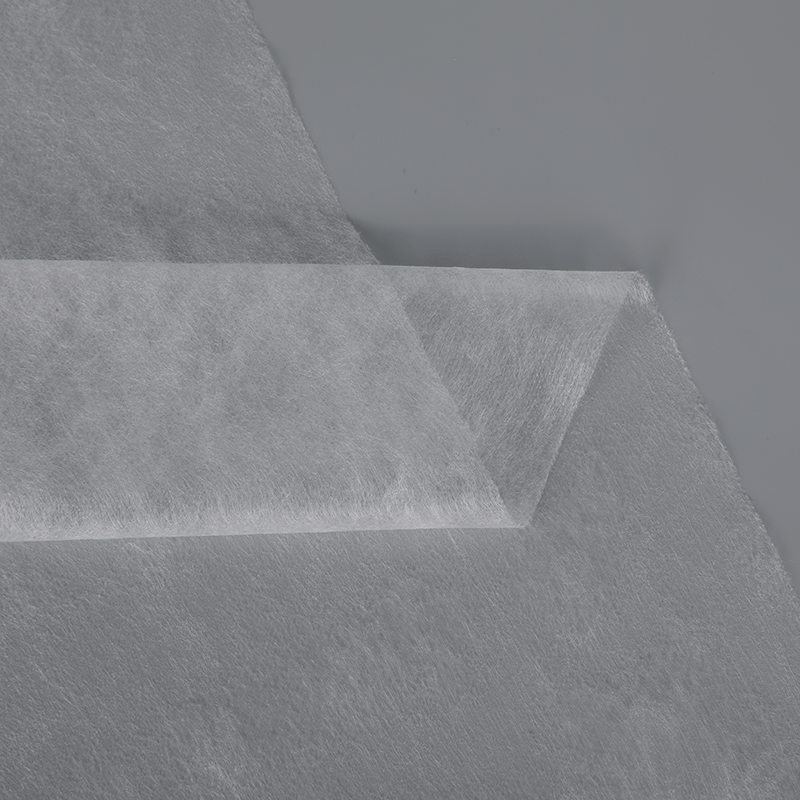Nonwoven fabric is sometimes made from filaments as well as fibres
Programs of Non-Woven Fabric
Non-woven fabrics have a great deal of different uses, from client goods to industrial goods. Their China Laminated Non-woven Fabric Manufacturers properties vary, as do the uncooked materials and formation procedures utilized to create them. In add-on, different nonwoven fabrics might be treated with finishing techniques for instance lamination or printing. Listed below are most of the most common applications associated with non-woven fabric.
Non-woven fabrics are porous and also flexible products made of more than one layers of fibres. The fibres can be oriented in a certain direction or deposited randomly. The separate fibres will be then bonded together by means of mechanical, thermal, or compound processes. Most non-woven fabrics are planar fit. Since the second entire world war, the use connected with non-wovens has increased greatly. The technology used within non-woven fabric fabrication possesses increased dramatically, allowing for the production of a number of different types of nonwoven products for a lower cost.
Non-woven products come to be more common, especially in disposable products. They are available in a variety of applications, from household items and home furnishings to clothing and motor products. They are also included in geotextiles, roadbed stabilization sheeting, along with roofing products. This versatility and cost-effectiveness has took an increased demand regarding non-woven products.
Nonwoven fabric is sometimes made from filaments as well as fibres, and the process to make it differs from standard weaving. This type of fabric is produced by having a process called web enhancement and consolidation. Main methods used in non-woven fabric production include carding, air-laying, and wet-laying. Various other processes include chemical bonding as well as thermal bonding.
Non-woven fabric can be made from some different materials. For instance, polymer melt-blown non-woven is created by forcing melted polymer by having a continuous die, which produces long, thin fibres. These types of fibers are then cooled by using hot air and forced onto a collector display. The resulting web will likely be added to spunbond non-woven materials. Other non-woven fabrics, just like acupuncture non-woven, are made by puncturing the fluffy fiber that has a needle.
Non-woven fabrics are used for a variety of applications, including vegetable mulching from the U. S.,where they'll help promote early pick. They also help reduce insects by increasing soil temperatures and retaining dampness. They can also be used in making water-absorbing blankets for use in garden grasslands and setting beds.
Non-woven fabrics may also be used to make shielding clothing. They can be employed in respirators and filters, which are useful in dangerous situations. Some non-woven fabrics can even protect the body out of harmful radiation. They can also be useful in preventing bloodborne health conditions. Unlike natural fibers, non-woven fabrics will not be biodegradable and can pollute oceans and waterways.
Filmed Non-woven Fabric
Latest comments
No comments
About ✔ Terms ✔Privacy
Say and get NFT
© 2017-2022
«0xbt»
A world without censorship
0xbt[cat]0xbt.net
